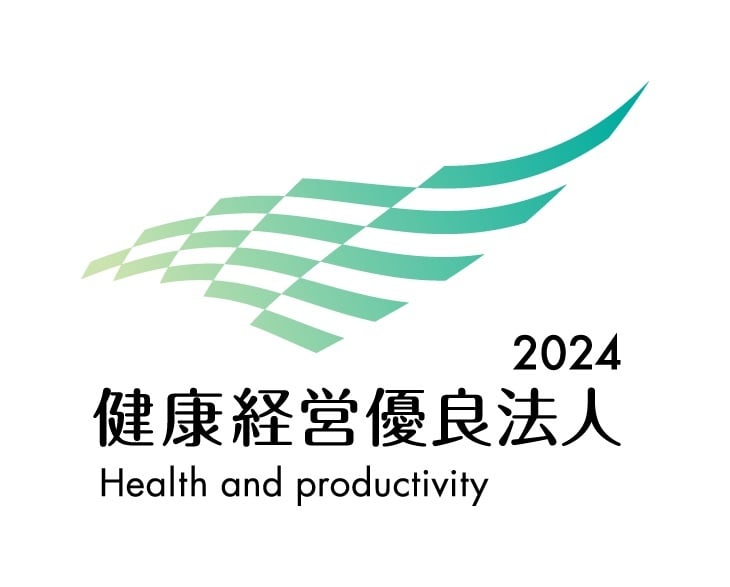Improper use of the hose assembly will cause failure.The table shows the most frequent examples of failures and causes caused by mishandling of hose assemblies.In addition, even in the case of failure due to mishandling, similar to general accidents involving hose assemblies, it may be difficult to identify the cause due to multiple phenomena, so it is necessary to consult with the hose assembly manufacturer to determine the cause of the accident. is.
Examples of Failures Caused by Improper Use
Sort | main phenomenon | Status | Cause |
Damage to hose reinforcing layer 1 | premature rupture | Due to insufficient pressure resistance, the reinforcing layer is diagonally or largely broken (pomegranate shape) ③ | Inappropriate hose selection for working pressure |
Damage to hose reinforcing layer 2 | Fatigue of reinforcement layer | Reinforcing layer breaks finely ③ | Inappropriate hose selection for working pressure |
Damage to hose reinforcing layer 3 | Corrosion damage of reinforcing layer | Due to seawater and industrial water, significant rusting of the reinforcing layer causes corrosion fracture ④ | Inappropriate anti-penetration protection |
Hose collapse 1 | Deformation due to external force | Reinforcing layer fractured by being crushed by external force | carelessness during use |
hose collapse 2 | bending | Extremely bent and crushed by external force, rupture of reinforcing layer | carelessness during use |
hose collapse 3 | distortion | Because it was twisted and installed, the deformed part broke due to repeated pressurization. | Carelessness when attaching to equipment |
hose blister 1 | Hose inner pipe drop | Water vapor due to the use of hydraulic oil with high water content or residual air in the pipe permeates the interior of the hose, causing the inner rubber layer to peel off. | Inappropriate hose selection |
hose blister 2 | Inner layer scraped off | Becomes a jet stream in the circuit, concentrates on the inner layer of the hose, and damages the inner layer. | Tightening valve position and hose bending position relationship is careless piping |
hose blister 3 | hose hardening | The compound of the inner rubber layer is extracted by special hydraulic oil, hardens, and cracks occur. | Inappropriate rubber selection for fluid |
hose blister 4 | hose hardening | Cracks occur in the inner rubber layer due to excessive fluid temperature rise | Inappropriate selection due to operating temperature |
Joint end leakage, detachment 1 | Hose hardened outer layer cracks | Cracks occur in the outer rubber layer due to overheating of the outside temperature, and cracks occur in the inner rubber layer due to external heat. | Inappropriate selection due to operating temperature |
Joint end leakage, detachment 2 | Outer rubber cut near the edge | Excessive bending at the end of the joint due to deformation of the mating pipe | carelessness during use |
Joint end leakage, detachment 3 | Bent neck or overhanging joint | Abnormal deformation due to twisted mounting or interference tension with others | Careless installation |
Joint end leakage, disconnection 4 | Oil spout near the edge | Cracks due to low temperature brittleness of outer rubber layer and outer rubber layer due to use at low temperature | Inappropriate selection due to operating temperature |
Note ③: In the case of long-time operation, the limit of hose service life.
④: Protective cover or assembly part seal treatment.
⑤: Often occurs in combination of high temperature and high water content.
④: Protective cover or assembly part seal treatment.
⑤: Often occurs in combination of high temperature and high water content.
